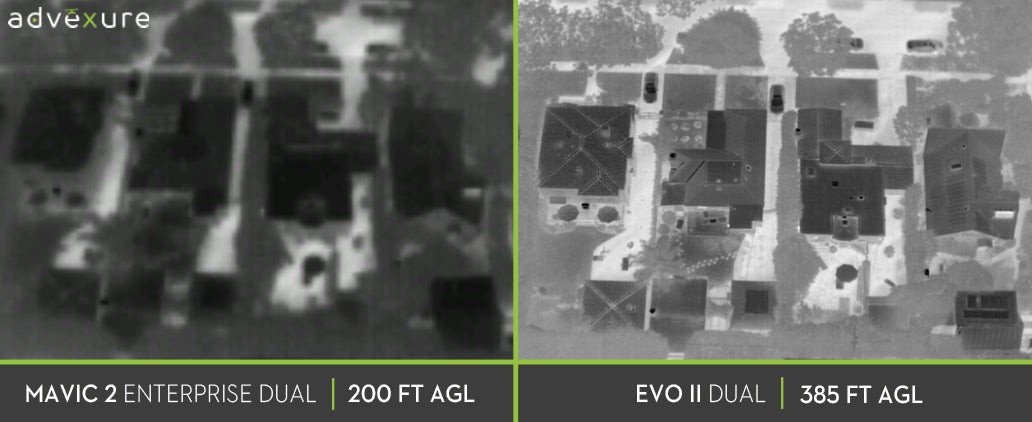The drone market offers a wide array of choices for both hobbyists and professionals. Two prominent contenders are the Autel Robotics Evo II Dual and the DJI Mavic 2 Enterprise Advanced. This article delves into a comprehensive comparison of these quadcopters, highlighting their key features, advantages, and disadvantages to help you make an informed decision.
EVO II Dual vs. Mavic 2 Enterprise Advanced: Key Differences
Both drones boast impressive specifications, but distinct differences cater to specific user needs. Let’s examine the core distinctions:
Camera Capabilities: A Closer Look
A crucial factor for many drone users is the camera system. The Autel EVO II Dual features a high-resolution 48MP visual camera paired with a FLIR Boson 640 thermal camera. This combination allows for detailed imagery and accurate thermal readings. The DJI Mavic 2 Enterprise Advanced, while offering a slightly lower resolution 48MP visual camera, also incorporates a 640×512 thermal sensor. While both offer high-quality thermal imaging, the EVO II Dual’s partnership with FLIR, a renowned name in thermal technology, provides a potential advantage in thermal sensitivity and image quality. The image below illustrates the significant difference in thermal resolution between a 160×120 sensor and a 640×512 sensor.
Flight Performance and Features
The EVO II Dual boasts a longer flight time of approximately 32-34 minutes compared to the Mavic 2 Enterprise Advanced’s 26-30 minutes. This extended flight time can be crucial for missions requiring longer coverage. However, the Mavic 2 Enterprise Advanced integrates DJI’s renowned OcuSync 2 transmission system, known for its superior range and stability compared to Autel’s system.
Furthermore, the Mavic 2 Enterprise Advanced offers compatibility with DJI’s ecosystem, including the Smart Controller and various add-on modules like the RTK module for centimeter-level positioning accuracy. This modularity provides flexibility for specific applications. The EVO II Dual, while lacking the extensive modularity of the DJI, offers a unique interchangeable camera payload system, allowing for future upgrades and customization.
Other Notable Considerations
Autel emphasizes the EVO II Dual’s “Made in the USA” status, a significant factor for certain government and private sector clients. Additionally, the EVO II Dual operates without geofencing restrictions, allowing for greater operational flexibility in authorized areas. Conversely, the Mavic 2 Enterprise Advanced benefits from self-heating batteries, crucial for cold weather operations, and a quieter flight profile. The EVO II Dual’s bright orange color enhances visibility, aiding in visual tracking during flight.
Conclusion: Choosing the Right Drone
The decision between the Autel EVO II Dual and the DJI Mavic 2 Enterprise Advanced ultimately hinges on specific requirements and priorities. The EVO II Dual excels in flight time, thermal camera pedigree (FLIR Boson), and its “Made in the USA” origin. The Mavic 2 Enterprise Advanced offers superior transmission technology, modularity with add-on accessories, and integration with the DJI ecosystem. Carefully weigh these factors to determine which drone best suits your individual needs.


